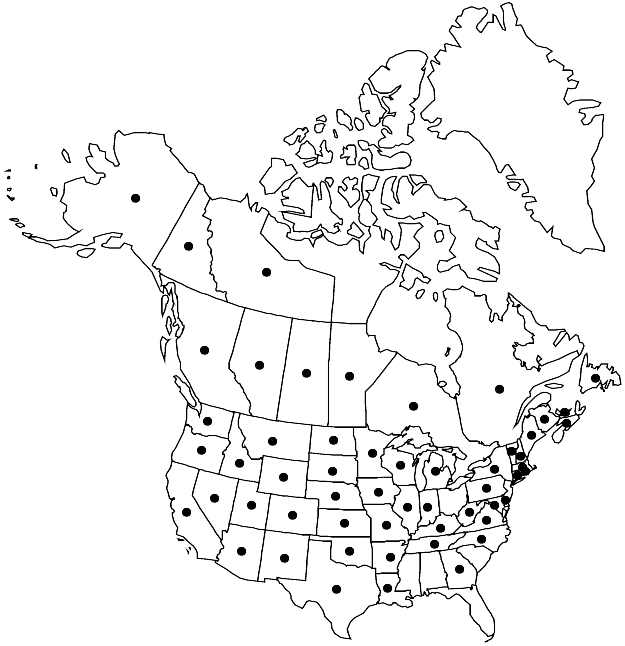Difference between revisions of "Descurainia sophia"
in H. G. A. Engler and K. Prantl, Nat. Pflanzenfam. 55(III,2): 192. 1891.
FNA>Volume Importer |
FNA>Volume Importer |
||
| Line 8: | Line 8: | ||
}} | }} | ||
|common_names=Flixweed;tansy mustard | |common_names=Flixweed;tansy mustard | ||
| − | |basionyms={{Treatment/ID/ | + | |basionyms={{Treatment/ID/Basionym |
|name=Sisymbrium sophia | |name=Sisymbrium sophia | ||
|authority=Linnaeus | |authority=Linnaeus | ||
| + | |publication_title=Sp. Pl. | ||
| + | |publication_place=2: 659. 1753 | ||
}} | }} | ||
|synonyms={{Treatment/ID/Synonym | |synonyms={{Treatment/ID/Synonym | ||
| Line 64: | Line 66: | ||
|publication year=1891 | |publication year=1891 | ||
|special status= | |special status= | ||
| − | |source xml=https://jpend@bitbucket.org/aafc-mbb/fna-data-curation.git/src/ | + | |source xml=https://jpend@bitbucket.org/aafc-mbb/fna-data-curation.git/src/f6b125a955440c0872999024f038d74684f65921/coarse_grained_fna_xml/V7/V7_835.xml |
|tribe=Brassicaceae tribe Descurainieae | |tribe=Brassicaceae tribe Descurainieae | ||
|genus=Descurainia | |genus=Descurainia | ||
Revision as of 20:24, 24 September 2019
Annuals; eglandular; sparsely to densely pubescent, sometimes glabrous distally, trichomes dendritic. Stems erect, unbranched or branched distally, (1–)2–7(–10) dm. Basal leaves: petiole 0.1–2(–3) cm; blade 2- or 3-pinnate, ovate or oblong to obovate in outline, to 15 cm, lateral lobes linear or oblong, (to 10 × 2 mm), margins entire. Cauline leaves sessile or shortly petiolate; blade smaller distally, distal lobes often narrower, surfaces often glabrous. Racemes considerably elongated in fruit. Fruiting pedicels divaricate to ascending, straight, (5–)8–15(–20) mm. Flowers: sepals erect to ascending, yellowish, oblong, 1.8–2.8 mm, glabrate to sparsely pubescent; petals narrowly oblanceolate, 2–3 × 0.4–0.6 mm; median filaments 2–3 mm; anthers 0.3–0.4 mm. Fruits divaricate-ascending to erect, narrowly linear, torulose, (12–)15–27(–30) × 0.5–0.8(–1) mm, (straight or curved upward); valves each with distinct midvein; septum with a broad central longitudinal band appearing as 2 or 3 veins; ovules 20–48 per ovary; style obsolete, 0.05–0.2 mm, glabrous. Seeds uniseriate, reddish brown, oblong, 0.7–1.3 × 0.3–0.6 mm. 2n = 28.
Phenology: Flowering Mar–Jul.
Habitat: Roadsides, waste places, disturbed sites, railroad embankments, hillsides, mountain slopes, canyon bottoms, stream banks, fields, lawns, pastures, deserts, sagebrush and pinyon-juniper communities
Elevation: 0-3000 m
Distribution

Alta., B.C., Man., N.B., Nfld. and Labr. (Nfld.), N.W.T., N.S., Ont., P.E.I., Que., Sask., Yukon, Alaska, Ariz., Ark., Calif., Colo., Conn., Del., D.C., Ga., Idaho, Ill., Ind., Iowa, Kans., Ky., La., Maine, Mass., Mich., Minn., Mo., Mont., Nebr., Nev., N.H., N.Mex., N.Y., N.C., N.Dak., Okla., Oreg., Pa., R.I., S.Dak., Tenn., Tex., Utah, Vt., Va., Wash., W.Va., Wis., Wyo., Eurasia, introduced also in Mexico, Central America, South America, South Africa, Australia.
Discussion
Deviant chromosome counts (e.g., 2n = 12, 14, 20, 38; see R. C. Rollins 1993, N. H. Holmgren 2005b, S. I. Warwick and I. A. Al-Shehbaz 2006) are most certainly erroneous, and the species appears to be exclusively tetraploid based on x = 7.